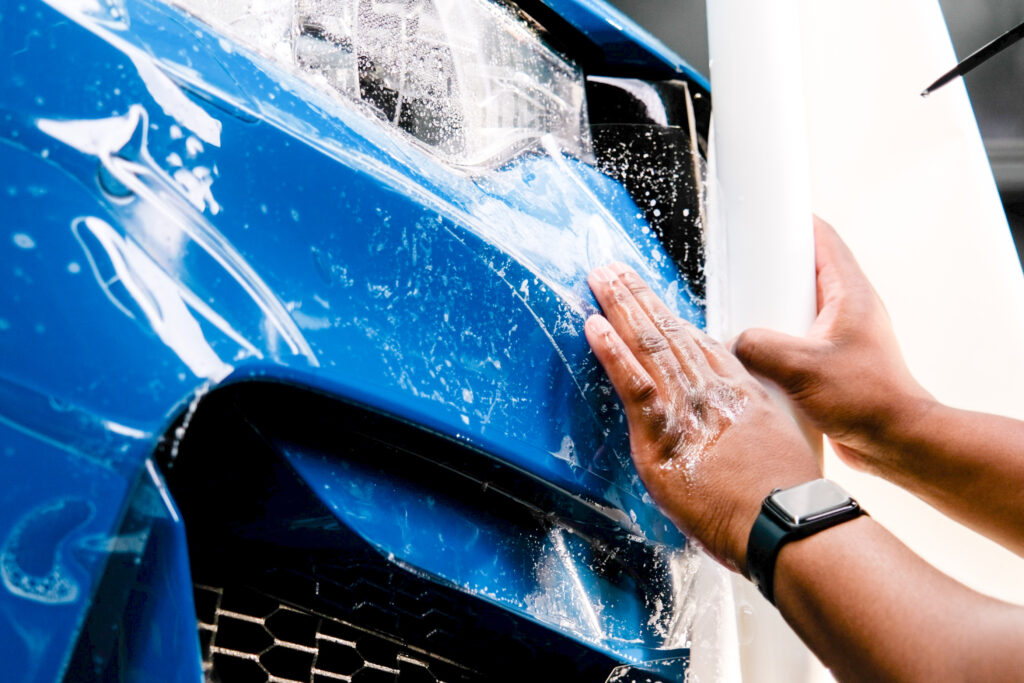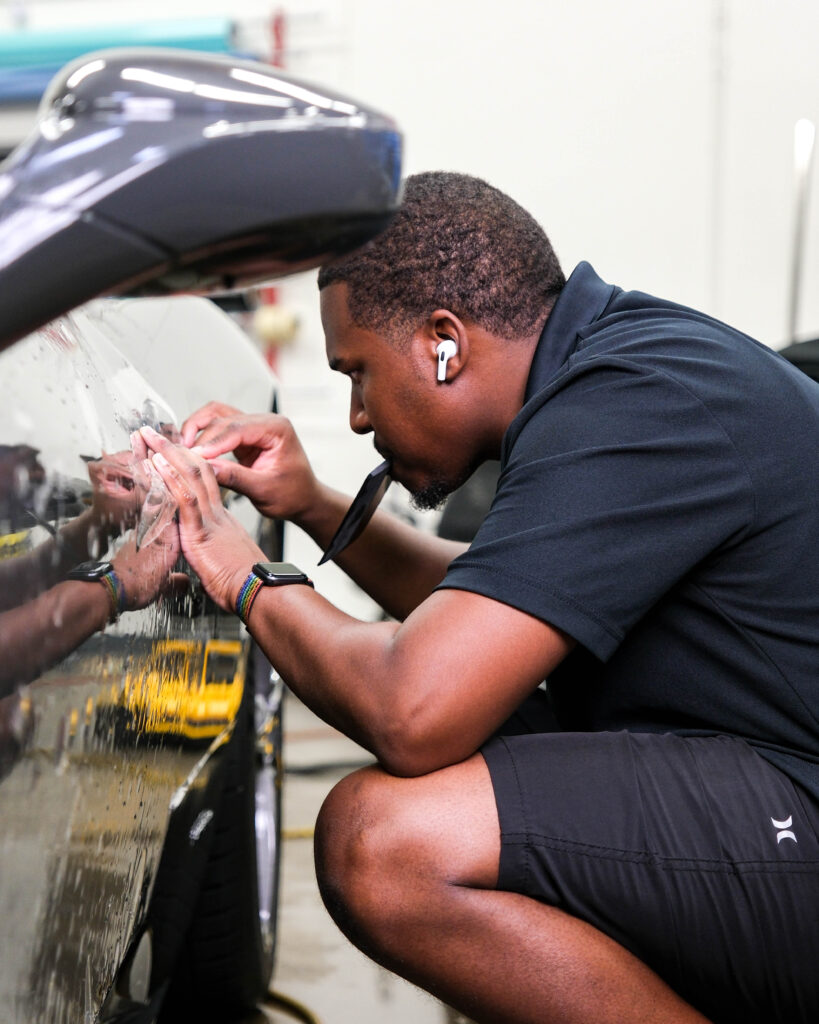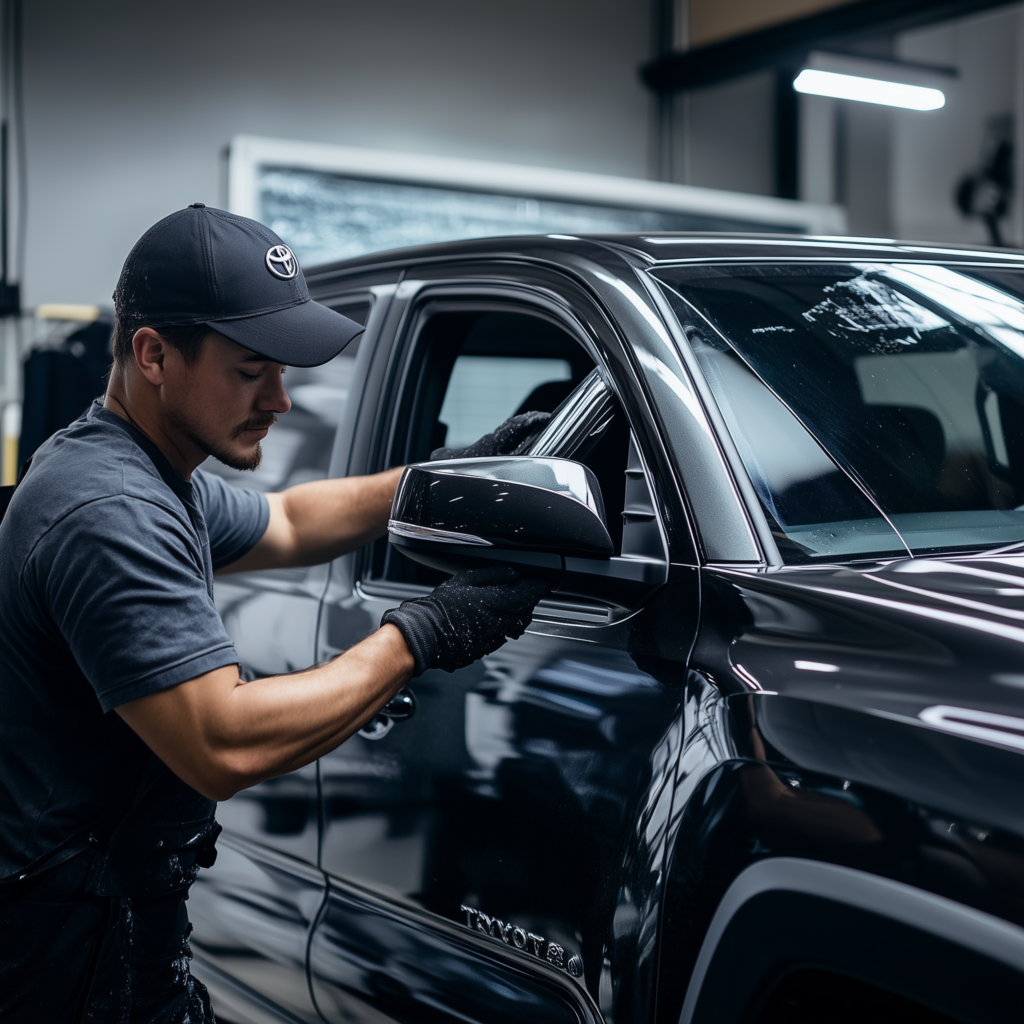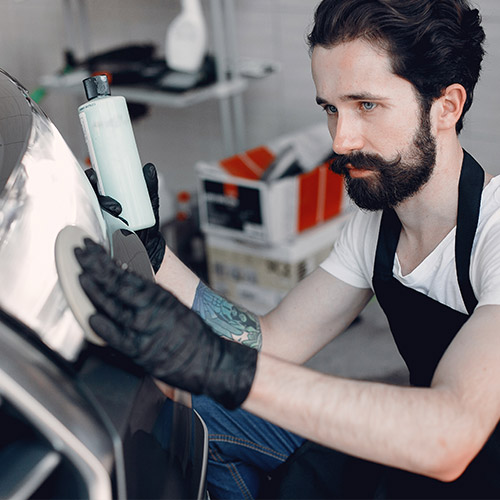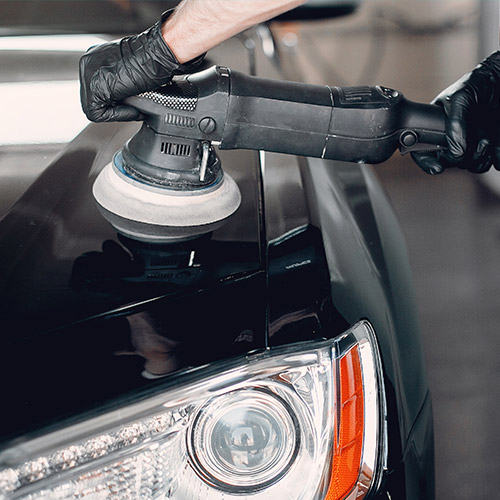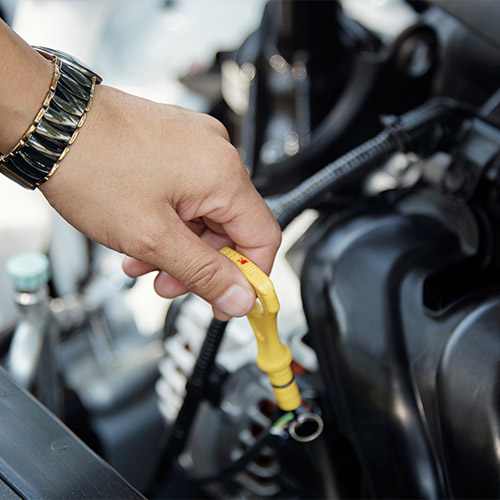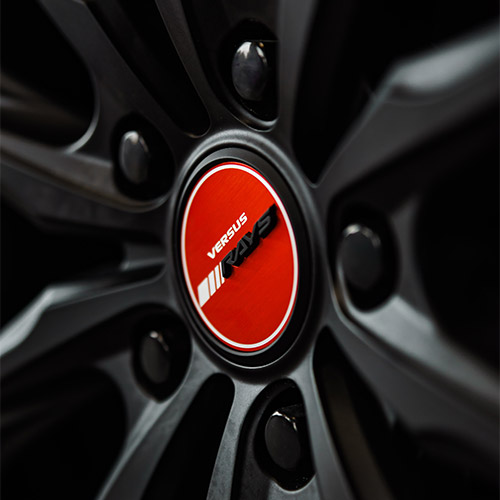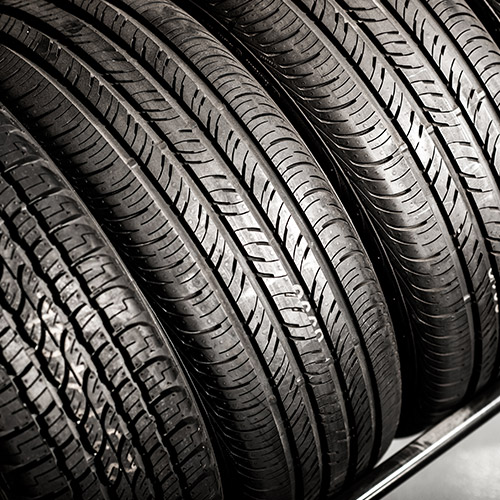Introduction
Imagine gliding your fingers over the smooth surface of your beloved car, feeling the pristine texture beneath your touch. Now picture that same beauty marred by chips and scratches. Heartbreaking, isn’t it? But what if there was a way to shield your car’s exterior from the ravages of the road while maintaining its showroom shine? Enter the world of Paint Protection Film (PPF) coating—a transparent armor for your prized possession.
- Understanding Paint Protection Film
- The Cost of PPF Coating: What to Expect
- Factors Influencing PPF Coating Costs
- The Benefits of Investing in PPF Coating
- Comparing PPF with Ceramic Coating
- Key Takeaways
- Frequently Asked Questions
- Conclusion
Understanding Paint Protection Film
Think of Paint Protection Film as the unsung hero, quietly defending your car’s exterior against the elements. This thermoplastic urethane film acts as a barrier, absorbing impacts from road debris, preventing unsightly scratches, and even offering a degree of UV protection. It’s like having an invisible shield that ensures your car remains a work of art.
The Cost of PPF Coating: What to Expect
The investment in PPF coating can vary significantly depending on several factors—think of it like choosing between different levels of armor for a knight. On average, you might find yourself spending anywhere from $500 to $5,000. The range is wide because no two vehicles are alike, and neither are their protection needs.
Factors Influencing PPF Coating Costs
- Vehicle Size: A larger vehicle requires more film, leading to higher costs.
- Coverage Area: Full-body coverage versus partial coverage affects the price.
- Quality of Film: Premium films offer better durability but come at a higher cost.
- Installation Expertise: Skilled technicians may charge more for their precision and experience.
The Benefits of Investing in PPF Coating
Why should you consider investing in this transparent armor? The answer lies in the long-term value it provides. PPF coating not only preserves your vehicle’s aesthetic allure but also enhances its resale value. It’s like a time machine that keeps your car perpetually young. Additionally, when it comes to comparing other protective options, such as ceramic coatings in San Tan Valley, PPF offers a distinct advantage in terms of impact resistance.
Comparing PPF with Ceramic Coating
Ceramic coatings and PPFs are akin to siblings with different strengths. While ceramic coatings offer exceptional gloss and hydrophobic properties, they don’t provide the same level of physical protection as PPFs. For those seeking comprehensive protection, combining both options might be akin to donning both a suit of armor and a shimmering cloak.
Key Takeaways
- PPF coating acts as a protective shield, preserving your car’s beauty from damage.
- The cost of PPF varies based on vehicle size, coverage area, film quality, and installation expertise.
- PPF offers superior impact resistance compared to ceramic coatings, making it a wise investment for longevity.
Frequently Asked Questions
Q: How long does PPF last?
A: With proper care, PPF can last between 5 to 10 years.
Q: Does PPF affect the color or finish of my car?
A: No, high-quality PPF is virtually invisible and won’t alter your vehicle’s appearance.
Conclusion
As you embark on the journey to protect your vehicle’s exterior, consider the enduring value PPF can provide. By investing in this remarkable technology, you’re not just preserving your car’s appearance; you’re investing in peace of mind. Whether choosing between a myriad of protective solutions or considering adding a layer of refinement through Paint Protection Film in San Tan Valley, remember: your car deserves the best shield against the test of time.
In the grand narrative of automotive care, let PPF be the valiant knight guarding your chariot’s splendor.


